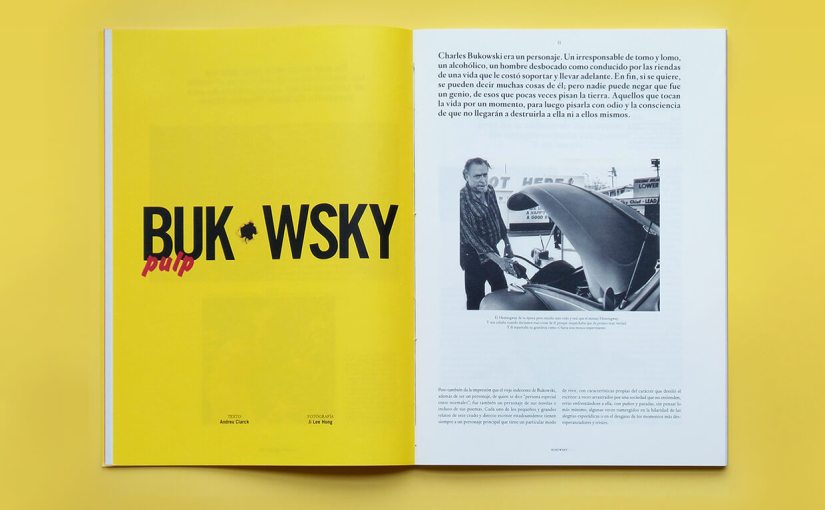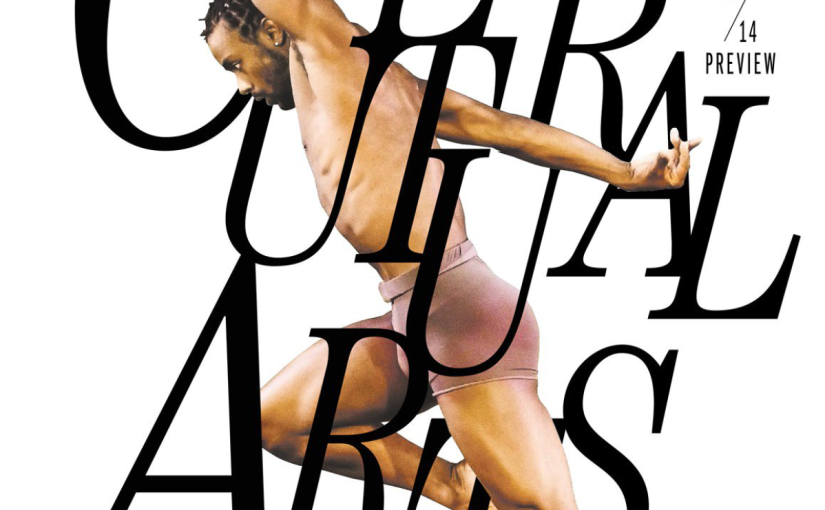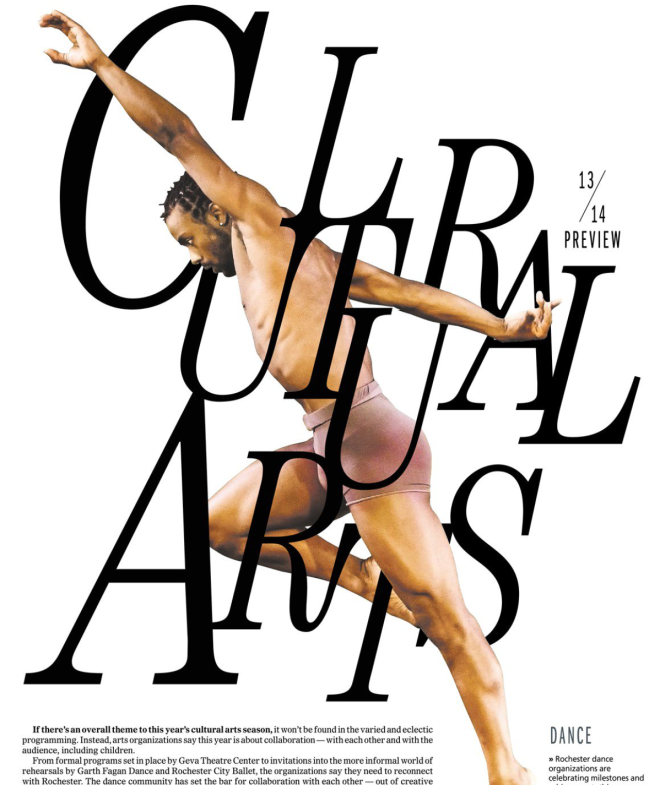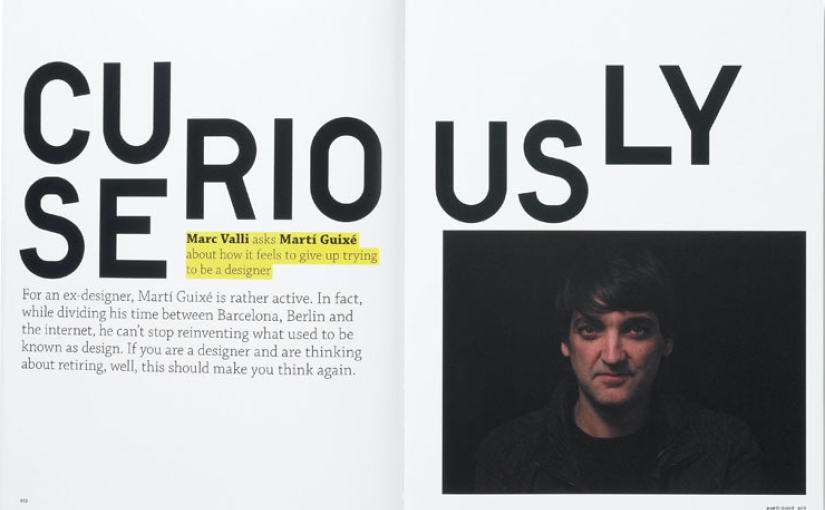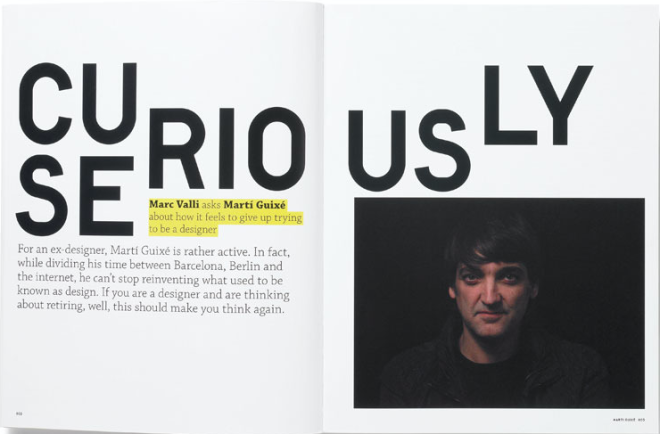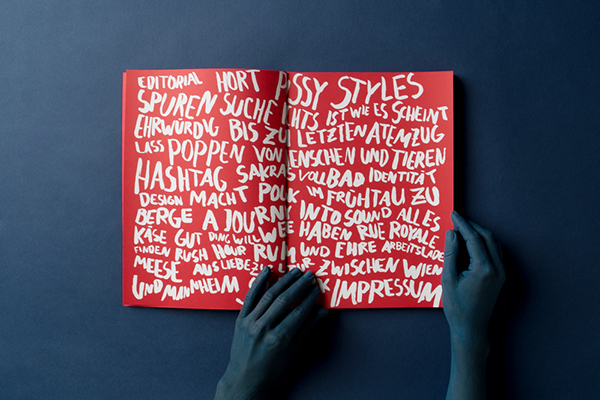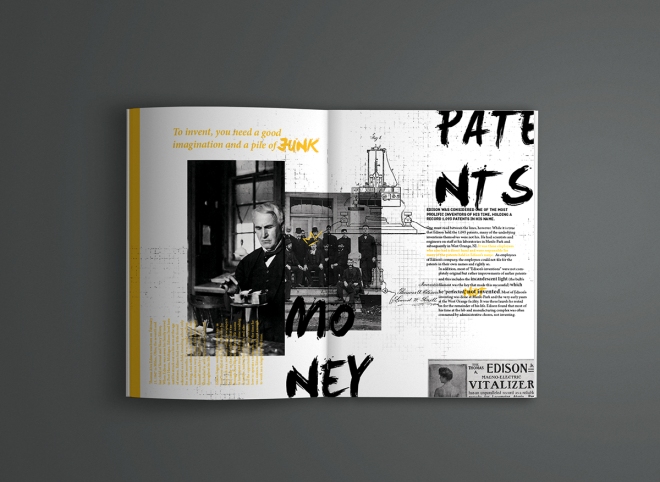It cannot be denied that using sexualising products and people in advertising campaigns usually means more sales. During this lecture, but also during everyday life, I have experienced sexualised posters and adverts which almost become uncomfortable to watch for discomfort, appearing inappropriate for public distribution or television broadcast. Often, models and the female form are victims of sexual objectification in the favour of selling products or clothes. Time and time again, we see instrumentality, fungibility, violability, denial of subjectivity and dehumanisation of women who are treated as a tool for the sexual gratification of men. They are reduced to a body whose experiences and feelings do not matter. Immanuel Kant believed that “humanity is special and represents inner worth”, and so the act of doing this removes humanity and strips a person of what it is that makes them human.
This has been ongoing for many years. In an advertisement for Chase and Sanborn coffee, and advertisement inferred that you would be physically punished by your husband if he ever found out about your coffee drinking habits. This advert is shocking to me, and almost seems as if it was made to be a joke. The reality is that this was an advert for coffee, and it was believed that a husband had ownership over his wife. The woman here is shown to be badly behaved, needing to be punished.
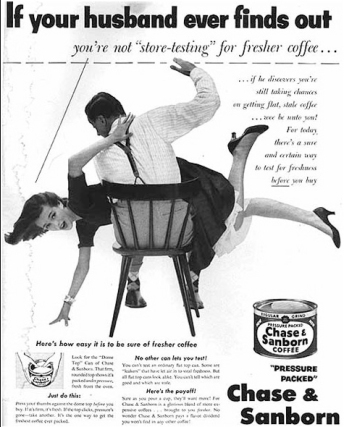
Some more recent advertisement campaigns where it is clear that sexual objectification and the dehumanisation of woman is being utilised are as follows:
In 2007, Dolce & Gabbana released this advert for their clothing range. It sparked questions about the insinuations of gang rape, as the model appears to be restrained on the floor with a male model in between her legs while others watch intently. It seems clear to me that the focus is not on the clothes, and while the male models also look very shiny and nice to look at, I cannot help feeling that the woman is in a place of vulnerability, being taken advantage of. I cannot understand why a brand with a reputation like D&G would want to output work with ambiguous meanings, such as this one, when some of the obvious assumptions about the image are so incredibly unlawful, immoral and wrong.
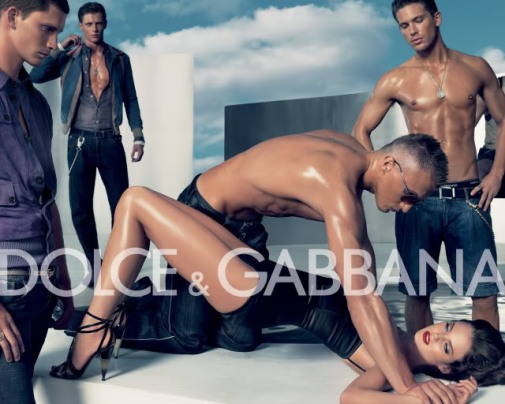
The campaign was later banned in Spain and Italy. According to the Advertising Self-Discipline Institute (IAP), who banned it:
‘The advertisement showing a woman pinned to the ground by the wrists by a bare-chested man, with other men in the background looking on, has been banned since yesterday.
The advertisement ‘offended the dignity of the woman, in the sense that the feminine figure is shown in a degrading manner’.
‘The woman has an alienated expression, with an absent look.’
The woman is ‘immobilised and subjected to a man’s will’.
It is banned because of ‘the passive and helpless position of the woman relative to the men around her, and the representation of abuse or the idea of violence towards her.’
(http://metro.co.uk/2015/03/18/dolce-gabbana-in-hot-water-again-after-gang-rape-ad-campaign-resurfaces-just-days-after-ivf-furore-5108624/)
Another advertisement I found particularly shocking was this one from ‘Love’s Baby Soft’ in 1975. I find this one extremely uncomfortable and cannot believe that this was an actual campaign for the company. The model featured in the advertisement looks painfully young. Her tight curls and the teddy bear she is clutching give ideas that she is only a child, but the make up on her face suggest she is being made to be older than she is. The tag line is, above all, what makes this piece so unbelievable. The use of the words ‘innocence’ and ‘sexier’ in the same sentence in this way is difficult to fathom. The idea that someone gave permission for this advertisement to be distributed, ambiguously suggesting the sexualisation of children and innocent members of society is crazy and something which definitely would not happen in this day and age.

This lecture felt very relevant for me as advertisement could be the career I venture into after university. It is important to know your audience and what is suitable and what is inappropriate to expose them to. I also think it is important to be gentle towards sensitive issues, and know the difference between creating something that will draw attention and creating something that will stir outrage. Graphic communication is about pushing boundaries in order to stay relevant, however it is abundantly clear in some cases I was shown in this lecture that some designers unfortunately blurred the line of what is an innovative advertisement and what is unacceptable for public distribution.

